
Greetings, cats aficionados! If you’ve ever found yourself mystified by the complex world of cat behavior, you’re not alone. Cats, with their enigmatic ways, often leave their human companions puzzled. In this exploration, we aim to decode the subtle nuances of cats’ moods, shedding light on what your cat’s behavior truly means.
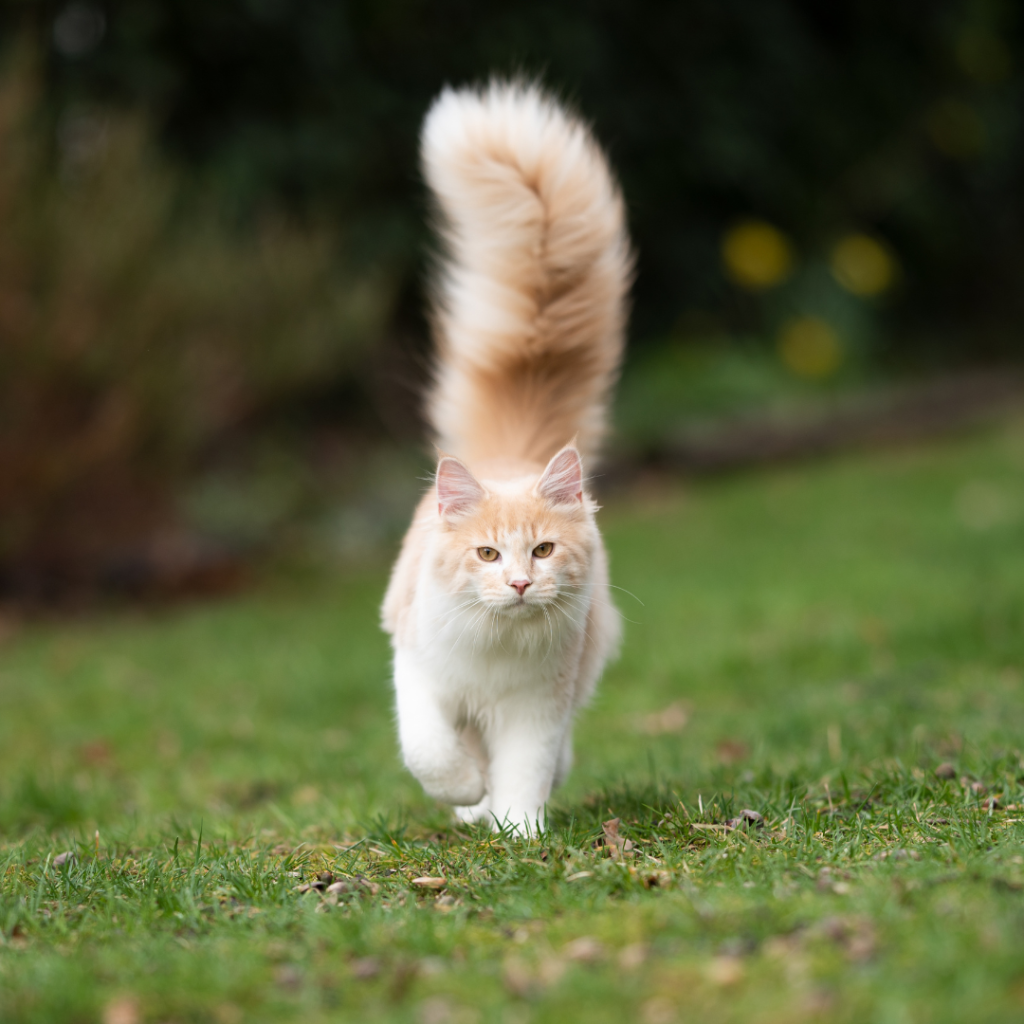
The Tail Tale
A cat’s tail is a remarkable communicator. A gently swaying tail indicates contentment, while a puffed-up tail signals fear or agitation. Learn to interpret the tail’s language, and you’ll gain insights into your cat’s emotional state.
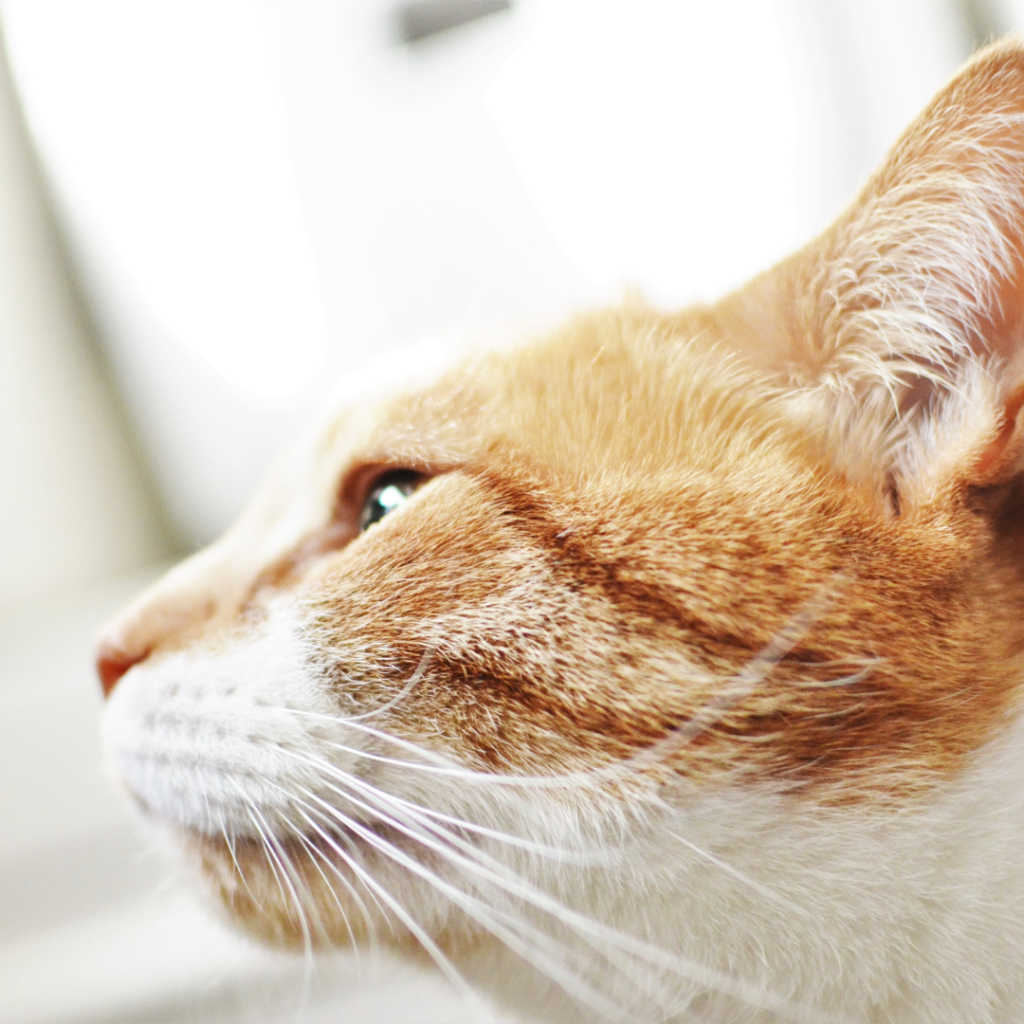
Ears Up, Ears Back
Ears are like radar dishes for cats. Perked-up ears express curiosity or excitement, while ears flattened against the head suggest fear or annoyance. Pay attention to these ear movements to gauge your cat’s feelings.
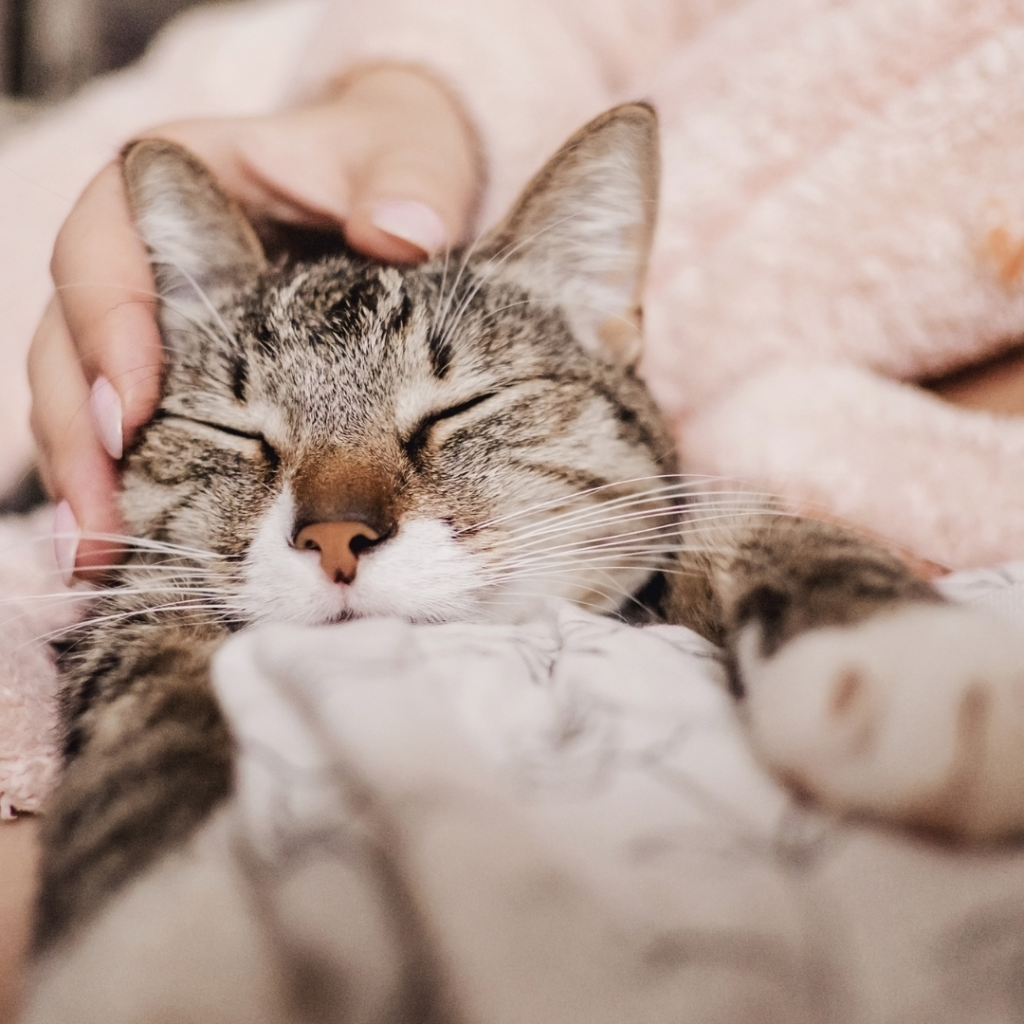
The Purring Puzzle
While purring is often associated with contentment, cats also purr when they’re unwell or in pain. Understanding the context of purring—coupled with other behaviors—can help you discern whether your cat’s friend is expressing happiness or seeking comfort.
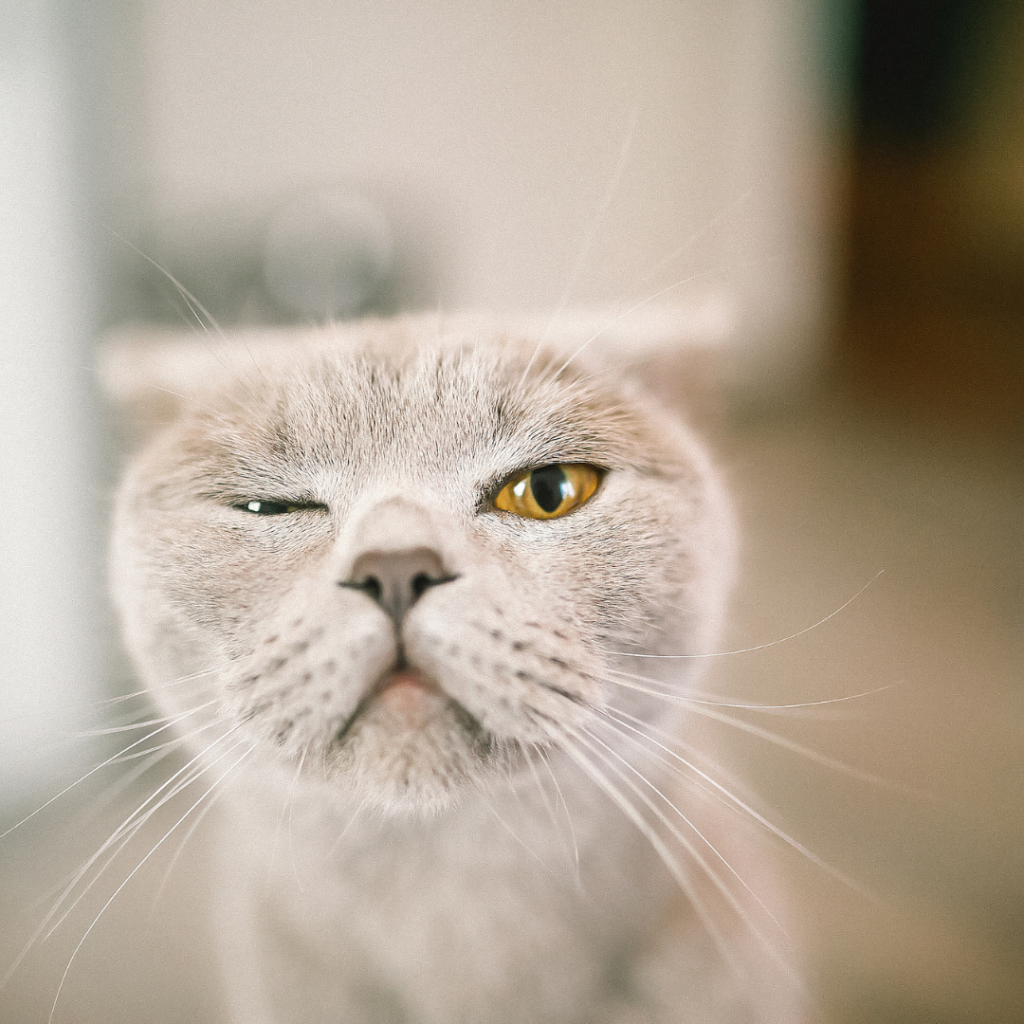
Blinking and Slow Blinks
A slow blink from your cat is like a cats “I love you.” Return the gesture, and you’re engaging in a silent, affectionate conversation. Mastering the art of slow blinking can strengthen the bond between you and your kitty.
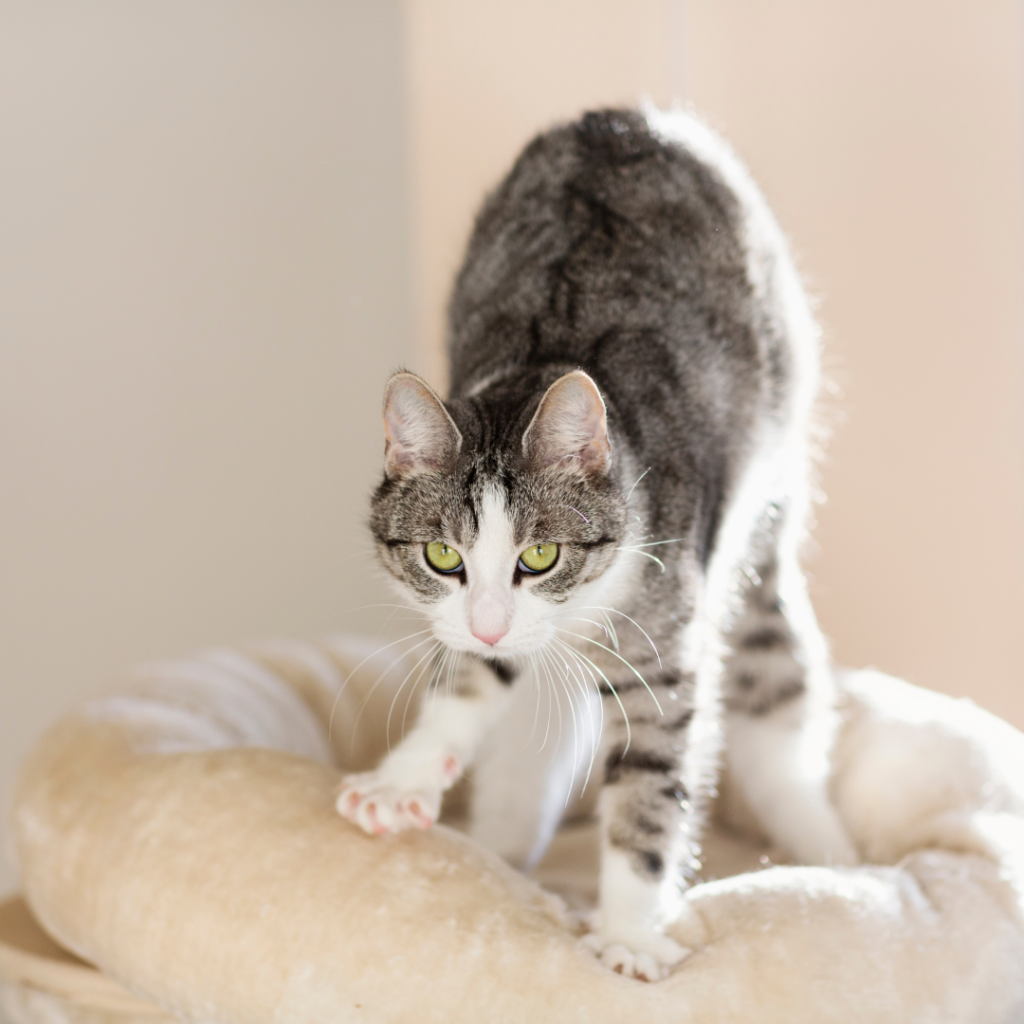
Kneading and Purring
Have you ever wondered why your cat kneads you with their paws? This behavior originates from kittenhood when they kneaded their mother’s belly to stimulate milk flow. Adult cats often knead when they’re feeling relaxed and content.
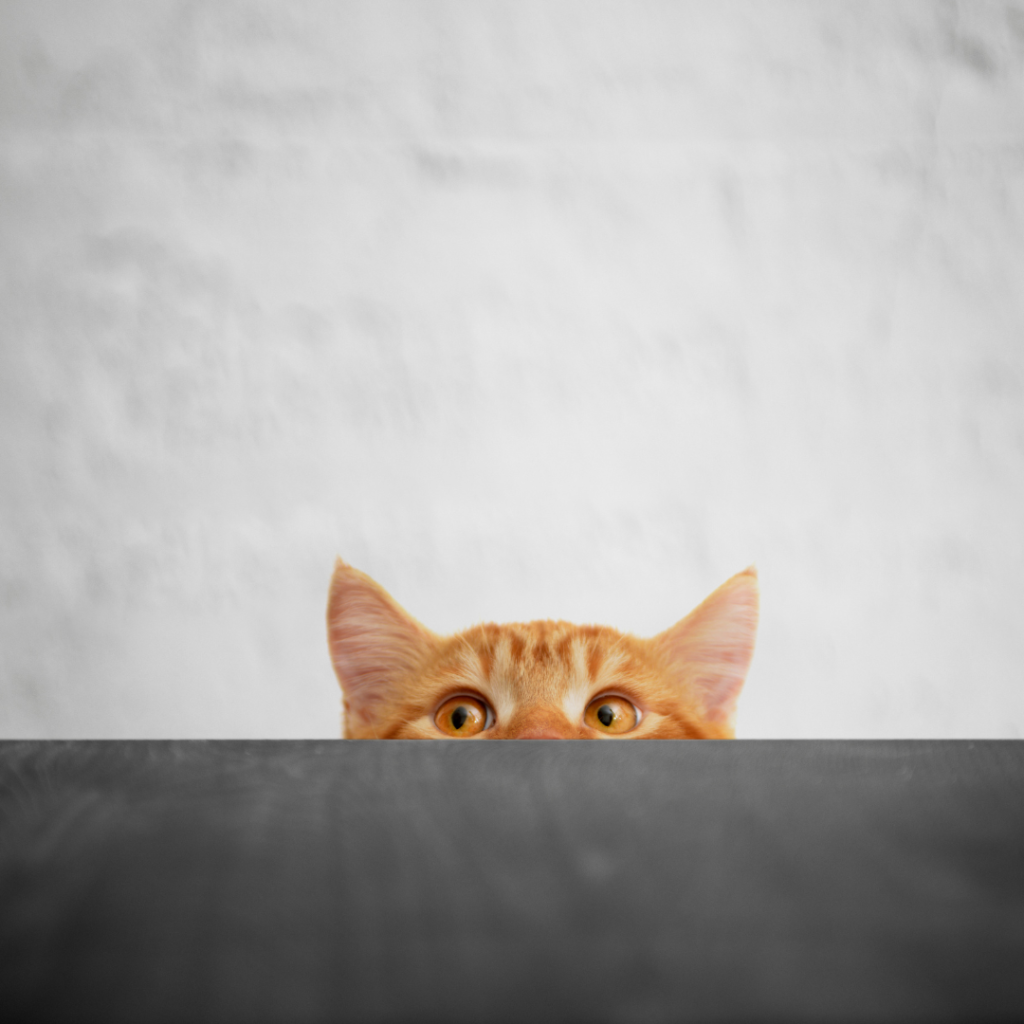
Hiding and Seeking Solitude
Cats are natural predators, and sometimes they retreat to quiet spots when feeling unwell or stressed. Respect their need for solitude, and observe if this behavior persists, as it could be a sign of an underlying issue.
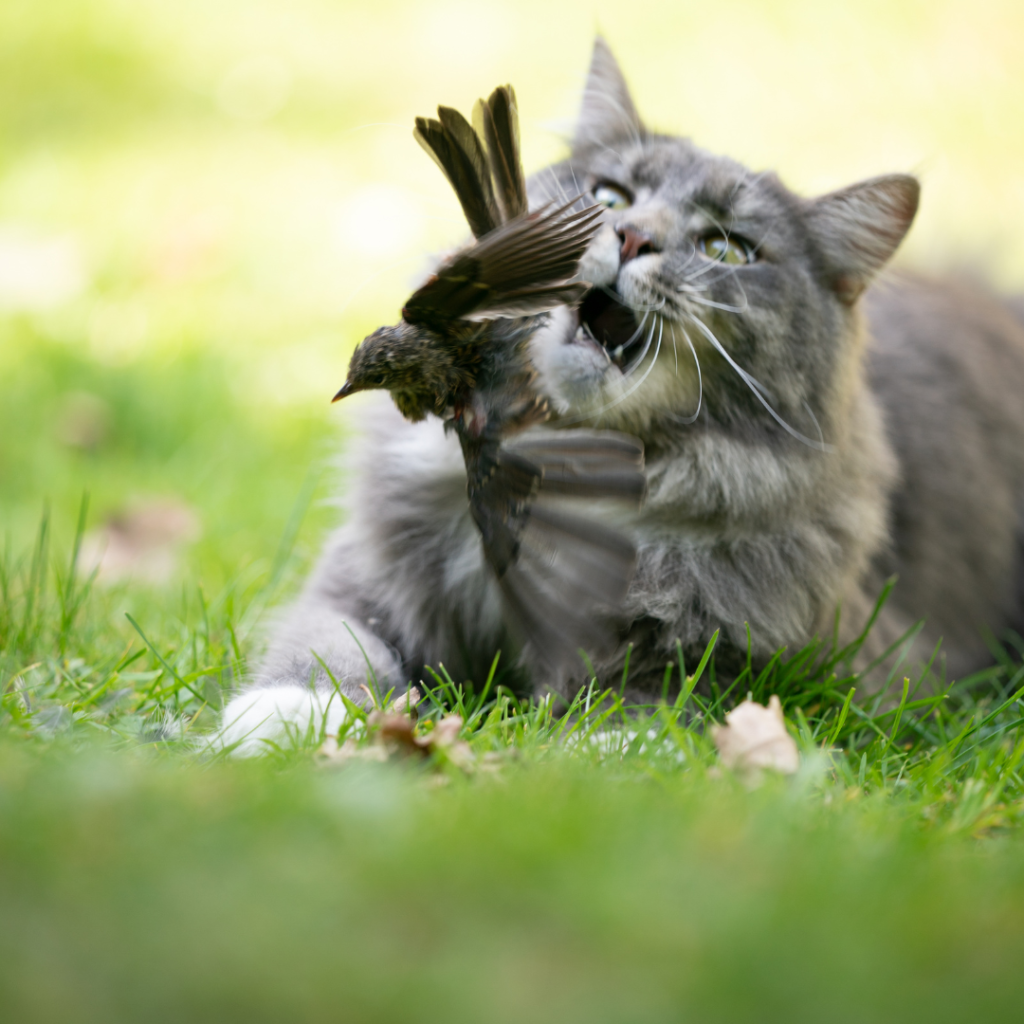
Bringing ‘Gifts’ Home
When your cat presents you with a ‘gift,’ usually in the form of a captured prey item, it’s an expression of love. While it may be disconcerting, it’s their way of sharing their hunting success with you. Appreciate the gesture, even if it’s not your preferred present!
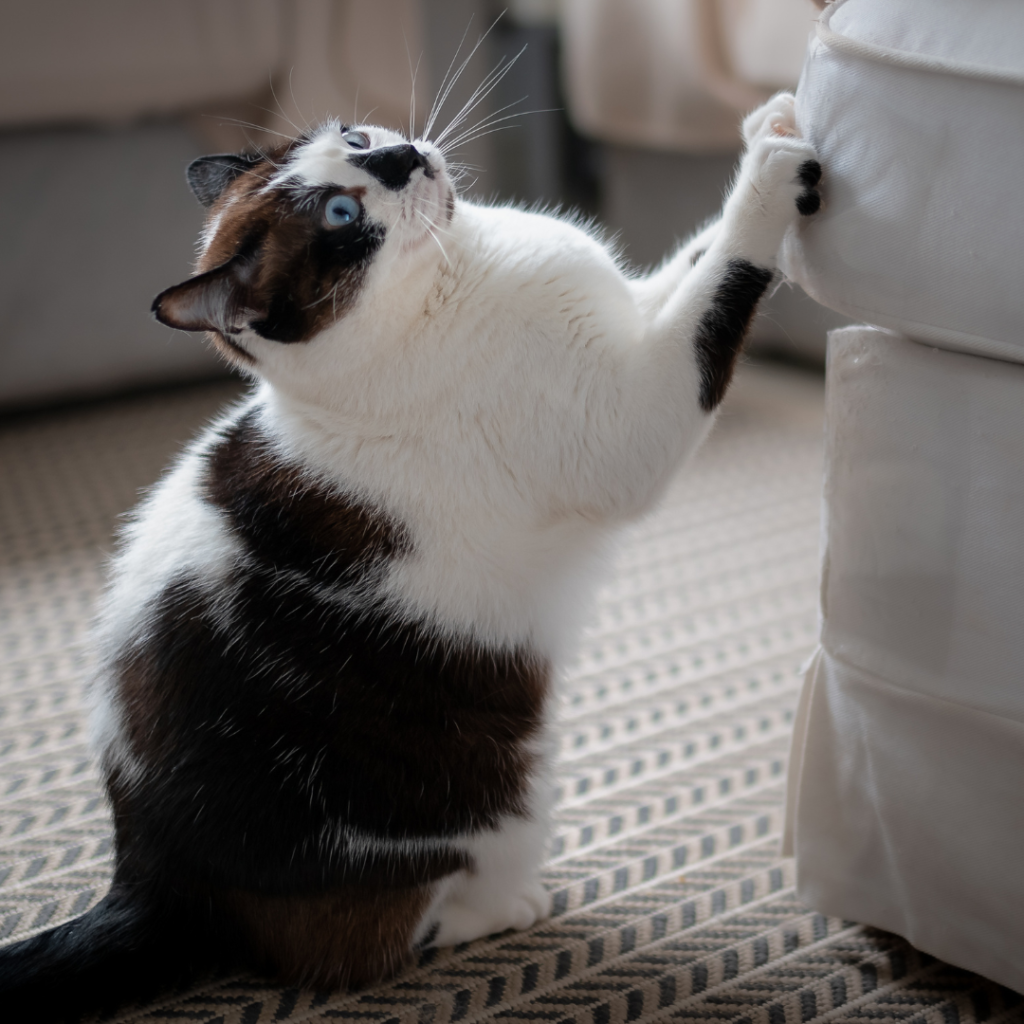
Scratching Behavior
Cats scratch not only to sharpen their claws but also to mark their territory. Provide suitable scratching posts to satisfy this instinct and protect your furniture. Scratching is a healthy and normal behavior for our cat’s friends.
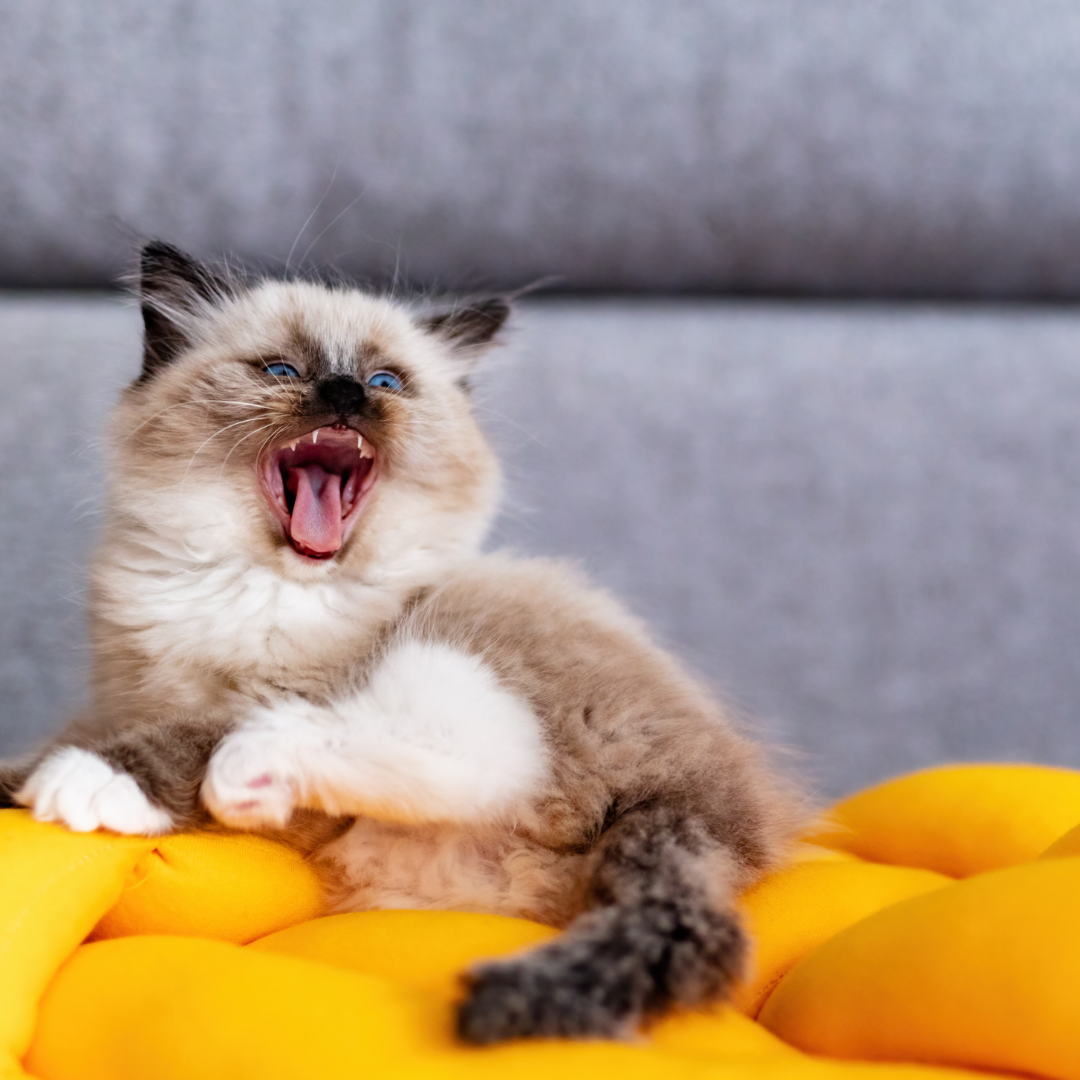
Vocalizations
From meows to chirps, each vocalization has its own meaning. Pay attention to the pitch, tone, and frequency of your cat’s vocal expressions. Some cats are more talkative than others, and understanding their unique ‘language’ enhances communication.
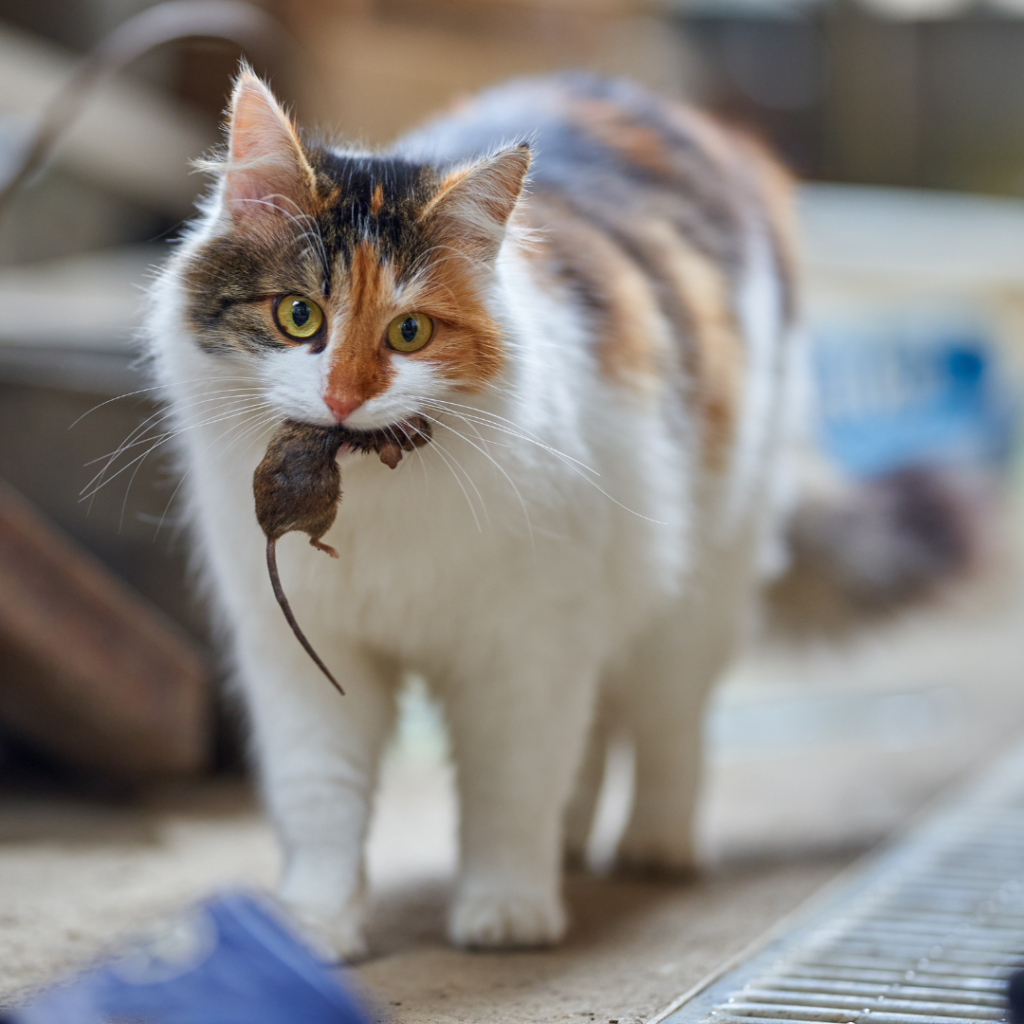
Puffed-Up or Flattened Fur
When a cat’s fur stands on end, it’s a defensive response to appear larger and more intimidating. Flattened fur against the body signals fear or submission. Recognizing these physical cues can help you create a secure and comfortable environment for your cat’s companion.
In conclusion, deciphering your cat’s behavior is a captivating journey that deepens the bond between you and your cats friend. By understanding the subtle cues, body language, and vocalizations, you become fluent in the language of cats. So, the next time your cat communicates, you’ll be ready to decode the cats moods and respond with love and understanding. Here’s to a harmonious relationship with your whiskered companion! 🐾💖
